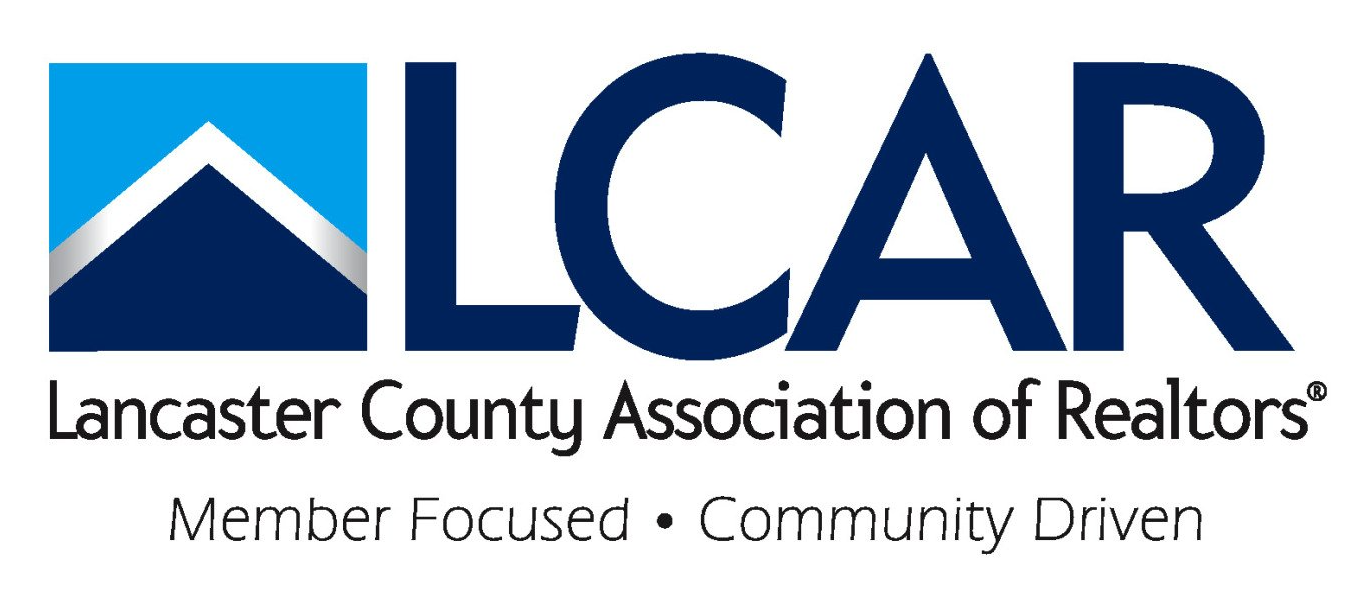ABOUT US
BECOME A MEMBER
REALTORS
AFFILIATES
consumers
Hey Bud, Can I Catch a Waive(r)?

Your surfboard is all waxed up, sun block caked on your nose, and you head to the beach in hopes of catching the bomb and riding the barrel the whole way to the shoreline. All to gain accolades from onlookers as you pump your fist and raise your board feeling like a hero.
I know that feeling well…. Not because I’m a surfer by any means but being able to deliver the news of an “Appraisal Waiver” to a buyer and their agent fuels an adrenaline rush like no other.
Ok, I’ll admit, that’s a little melodramatic, but I’m guessing there may be a few similarities; however, I’ll stick strictly to the appraiser waive(r) for this article.
Although I do get to deliver the news of the appraisal waiver, contrary to some misconceptions, the loan officer is just the messenger and not the decision-maker.
Frequently there are questions raised along with requests from agents and borrowers for an appraisal waiver when there are certain positive characteristics of a purchase transaction, but unfortunately that’s not how it works.
An “appraiser waiver” or value acceptance is an automatic determination by either Desktop Underwriter (Fannie Mae DU) or Loan Prospector (Freddie Mac LP) based on assumed reduced risk of the overall characteristics of a loan file. Every single “agency” conventional mortgage is either Fannie Mae or Freddie Mac. Portfolio mortgage products or non-conforming conventional loans are mortgages where either the borrower or the property have some unique characteristic that does not conform to Fannie or Freddie Guidelines.
The first characteristic is loan-to-value. In almost all cases, the loan-to-value of the transaction cannot exceed 80%. To coincide with that, the purchase price or value used must be supported by electronic data within either Fannie Mae’s or Freddie Mac’s database. Both agencies compile ongoing data relating to property valuations to reduce risk to their portfolios.
In situations where a purchase price may not be supported by acquired data from Fannie or Freddie, an appraisal waiver my not be attainable even in a case where the loan-to-value may be considerably lower. For example, if a property is listed at what is assumed to be market price at $400,000 and a buyer contracts to purchase at $450,000 but is only obtaining a mortgage for 50% or $225,000, there will most likely NOT be an appraisal waiver granted through DU or LP because there is not sufficient data to support the $450,000 purchase price even though the $225,000 loan amount is far below the 80% loan-to-value of the listing price of $400,000. Data not supporting the higher purchase price triggers increased risk within the loan file.
Other characteristics to obtain an appraisal waiver include credit scores, debt ratio, reserves (cash on hand after closing), employment history, etc. Theses along with the property valuation data determine the overall layered risk of the file.
Ultimately, there is no man behind the curtain making the decision for the waivers and in some cases even when logic should play a role, there is no definitive determination for the waiver. If you’re lucky enough to obtain one, celebrate and ride the wave the whole way to the closing table. COWABUNGA DUDE!
Dan Ranck
Mortgage Loan Officer
NMLS #140989
HomeSale Mortgage, LLC
NMLS #1054689
Direct : 717.271.2400 | efax : 866.849.4320
dan.ranck@homesalemortgage.com | www.danranck.com
Facts, opinions and information expressed in the Blog represent the work of the author and are believed to be accurate, but are not guaranteed. The Lancaster County Association of Realtors is not liable for any potential errors, omissions or outdated information. If errors are noted within a post, please notify the Association. Posts represent the author's opinion and are not necessarily the opinion of the Association.








About Us
Since its inception in 1917, the Lancaster County Association of Realtors (LCAR) has been deeply involved in providing buyers and sellers with knowledgeable, ethical and competent agents.
All Rights Reserved | Lancaster County Association of Realtors®




